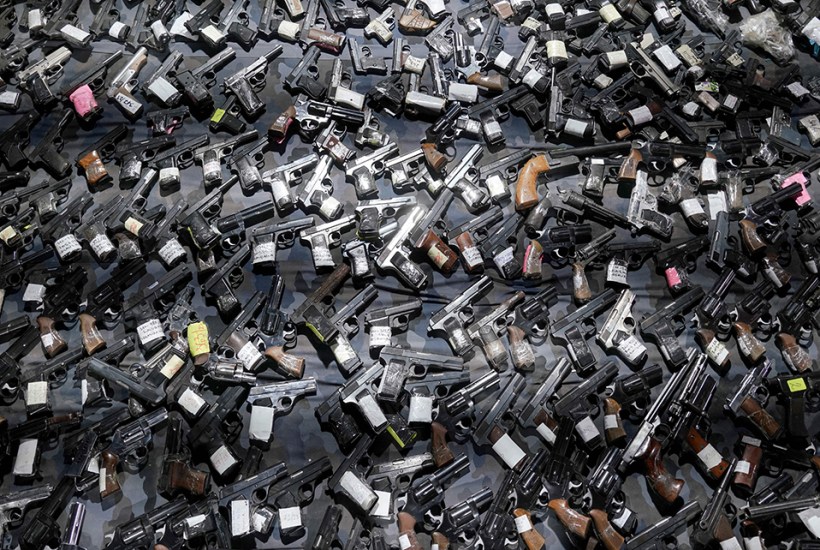Two mass shootings in Serbia have left 17 people dead, many of them children, and there are protests on the streets of Belgrade. Demonstrators blame Serbia’s populist president, Aleksandar Vucic, and so Vucic has his own series of anti-gun rallies planned and has ordered a swift crackdown on gun ownership, a ‘practical disarmament’.
Already a subscriber? Log in
Subscribe for just $2 a week
Try a month of The Spectator Australia absolutely free and without commitment. Not only that but – if you choose to continue – you’ll pay just $2 a week for your first year.
- Unlimited access to spectator.com.au and app
- The weekly edition on the Spectator Australia app
- Spectator podcasts and newsletters
- Full access to spectator.co.uk
Or
Unlock this article
You might disagree with half of it, but you’ll enjoy reading all of it. Try your first month for free, then just $2 a week for the remainder of your first year.














Comments
Don't miss out
Join the conversation with other Spectator Australia readers. Subscribe to leave a comment.
SUBSCRIBEAlready a subscriber? Log in